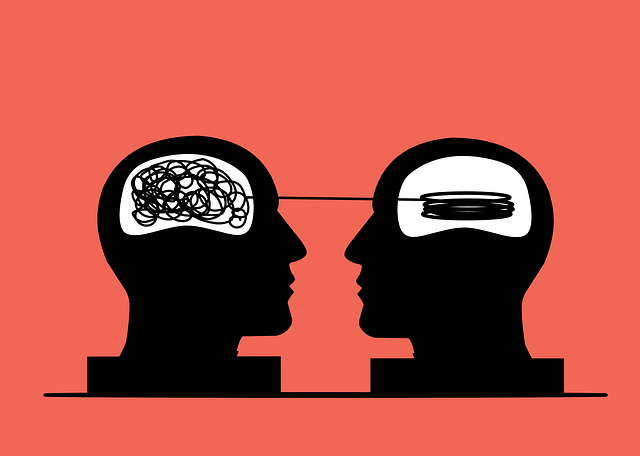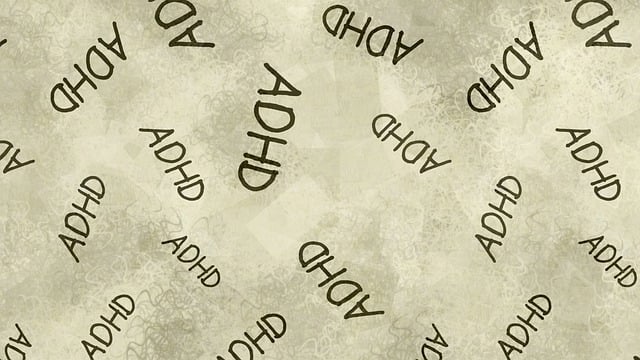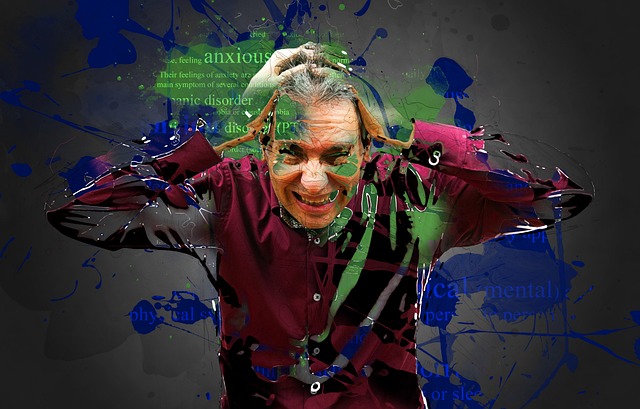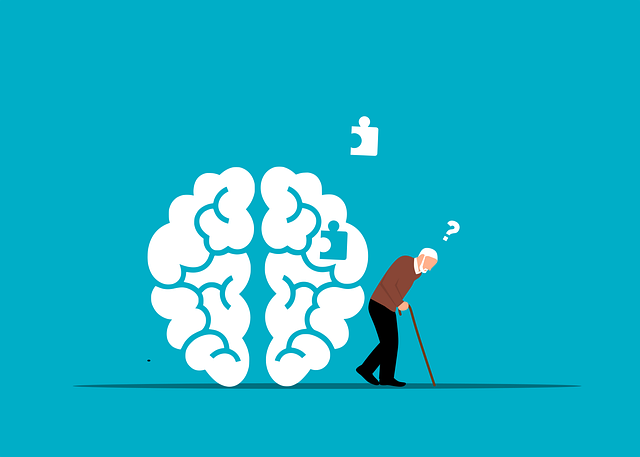The media's portrayal of mental illness, especially in older adults with chronic pain, significantly impacts societal understanding. Stereotypes are often perpetuated through film and news, discouraging help-seeking behaviors due to stigma. To counter this, the media should showcase successful management of mental health issues in elders through tailored therapy, self-care, social support, and conflict resolution. Positive portrayals can normalize mental health conversations, encourage early intervention, and improve community mental health, particularly for vulnerable populations, with a focus on Therapy for Elders Chronic Pain.
“In today’s media landscape, the representation of mental illness holds significant power in shaping societal perceptions. This article explores the current state of mental health depiction in media, with a specific focus on its impact on elderly populations. We delve into the challenges posed by stereotyped portrayals and propose effective strategies for positive change.
By integrating real-life stories and expert insights, we aim to advocate for responsible media representation that can foster healing and understanding, especially regarding therapy for elders suffering from chronic pain.”
- Understanding the Current State: Mental Illness Portrayal in Media
- The Impact of Stereotyped Depictions on Elderly Populations
- Exploring Effective Strategies for Positive Change
- Integrating Real-Life Stories and Expert Insights
- A Call to Action: Promoting Healing Through Responsible Media Representation
Understanding the Current State: Mental Illness Portrayal in Media

The media plays a significant role in shaping societal perceptions and understanding of mental illness. Currently, representation in films, television shows, and news outlets often perpetuates stereotypes and misinformation, especially regarding older adults with chronic pain. Many media portrayals depict mental illness as rare, sensationalized, or even as a character flaw, which can contribute to stigma and discourage those struggling from seeking help. For example, the depiction of depression and anxiety in older characters is frequently limited to dramatic, intense moments, failing to reflect the nuanced experiences of individuals living with chronic pain who also navigate the complexities of aging.
This misrepresentations can hinder access to accurate information about mental health issues, including therapy options tailored for elders experiencing chronic pain. Encouraging self-care routine development and promoting community outreach program implementations can be powerful countermeasures. By showcasing characters who successfully manage their conditions through a combination of medical interventions, self-care practices, social support, and conflict resolution techniques, media can play a vital role in normalizing conversations around mental illness, encouraging early intervention, and fostering better overall mental health within communities, particularly for vulnerable populations like elderly individuals with chronic pain.
The Impact of Stereotyped Depictions on Elderly Populations

The media’s portrayal of mental health issues often has a profound impact on societal perceptions, especially when it comes to elderly populations. Stereotyped depictions can perpetuate harmful ideas and contribute to the stigmatization of mental illness in older adults. Commonly, media characters experiencing mental distress are shown as frail, helpless, or aggressive, reinforcing the false notion that mental health problems are exclusively associated with aging. This stereotyping fails to capture the diverse range of mental health experiences among the elderly and can deter individuals from seeking necessary support.
Chronic pain, a common struggle for many seniors, is often overlooked in these narratives. When media representations suggest that older adults are inherently prone to mental illness without considering external factors or offering nuanced portrayals, it can discourage them from pursuing therapy for chronic pain management or other mental health concerns. Encouraging open dialogue and promoting accurate representation through initiatives like stress management workshops or confidence-boosting programs can help challenge these stereotypes, fostering a more supportive environment for elderly individuals to seek appropriate care, including therapy for chronic pain and mood management.
Exploring Effective Strategies for Positive Change

The media plays a significant role in shaping societal perceptions about mental illness, and its influence cannot be overlooked. To bring about positive change, it’s crucial to explore effective strategies that challenge negative stereotypes and promote accurate representation. By integrating more diverse narratives, especially focusing on the experiences of elders, individuals with chronic pain, and healthcare providers, media can foster a deeper understanding of mental health challenges.
One approach is to highlight successful recovery stories, showcasing the effectiveness of therapy for elders suffering from chronic pain. Promoting Mood Management techniques and Stress Reduction Methods through informative content can empower viewers to take proactive measures. Additionally, implementing Burnout Prevention Strategies for Healthcare Providers in media portrayals encourages a healthier work-life balance, reducing the risk of professional burnout and improving overall well-being.
Integrating Real-Life Stories and Expert Insights

In representing mental illness in media, one powerful strategy is to weave in real-life stories and incorporate expert insights. Sharing narratives from individuals who have successfully navigated challenges related to mental health can offer a nuanced and empathetic perspective. These personal accounts can humanize complex conditions, fostering understanding among audiences. For example, featuring the experiences of elders suffering from chronic pain and their journey towards therapy provides a unique insight into the intersection of age and mental well-being.
Integrating expert opinions and evidence-based practices alongside these stories is equally vital. Mental health professionals can contribute by explaining various stress reduction methods, confidence-boosting techniques, and the role of emotional intelligence in managing mental illness. Such an approach ensures that media representations are not only relatable but also informative, empowering viewers to recognize and support their own mental health or that of loved ones.
A Call to Action: Promoting Healing Through Responsible Media Representation

In today’s digital era, media plays a pivotal role in shaping societal perceptions about mental health. It’s time to initiate a call to action for responsible and accurate representation of mental illness in various forms of media. By doing so, we can foster understanding, reduce stigma, and promote healing. Mental illness is a diverse spectrum that affects individuals across all demographics, including our aging population experiencing chronic pain. Therapy for elders with chronic pain often involves addressing underlying mental health concerns alongside physical symptoms, emphasizing the need for integrated care.
Media has the power to either perpetuate harmful stereotypes or challenge them. Responsible representation can encourage viewers to seek support and understand that mental illness is a treatable condition. This shift in narrative can lead to increased Mental Illness Stigma Reduction Efforts and better access to mental health services. Moreover, it can inspire advocates to push for more comprehensive Mental Health Policy Analysis and Advocacy, ensuring policies that prioritize the well-being of all individuals, including those suffering from chronic pain. Through conscious storytelling, media can contribute to widespread anxiety relief and a more compassionate society.
In conclusion, mental illness representation in media plays a pivotal role in shaping public perception, especially regarding elderly populations. By understanding the current state of depiction and acknowledging the impact of stereotypes, we can navigate towards positive change. Integrating real-life stories and expert insights offers a powerful tool to challenge outdated narratives. It is imperative that media representation becomes more responsible and inclusive, reflecting the diversity of mental health experiences. This shift not only fosters empathy but also encourages support for therapy among elders experiencing chronic pain, ultimately promoting healing and breaking down stigma.









